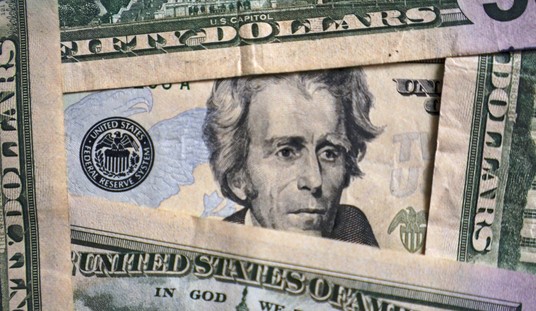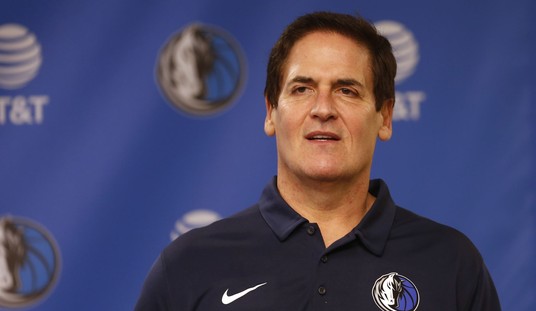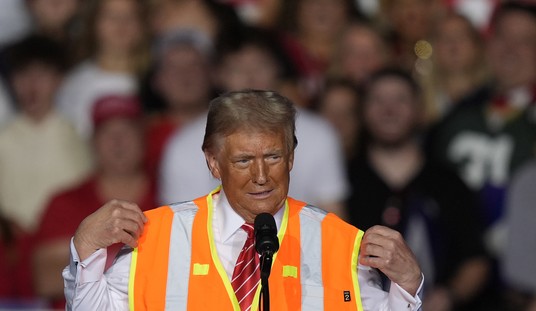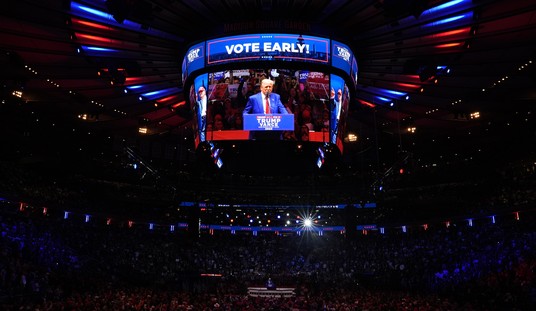It's a sign of just how low expectations have fallen whnn a city's leading newspaper runs a story arguing that, yes indeed, the city is experiencing some doom, but on the upside it may yet avoid a "doom loop." In other words, things are bad but not quite the worse case scenario.
“Five years from now, things should be back close to pre-pandemic trends, but we are looking at a recovery period of years, not months,” said Nicholas Bloom, a Stanford economics professor who studies remote work.
Bloom added, "Yes, San Francisco has taken a knock, so ‘doom’ is appropriate but not ‘loop.’" He may be right but five years is a long time. There's no telling what else could go wrong in that amount of time. And as the story goes on we get to the bad news, a lot of which doesn't seem to be getting over the next several years but worse. Starting with commercial real estate, there's really not much evidence things are going to recover.
San Francisco’s biggest office landlord, BXP, formerly Boston Properties, said for peak office days like Tuesday and Thursday, “New York is basically back. … Boston is at about 75% on that measure, and the only place where it’s really lagging is in San Francisco, which is about 45% or 50% for those peak days,” according to CEO Owen Thomas on an earnings call this month.
As of March 36% of office space in the city was vacant and just last week Google announced it was leaving a major property.
A downtown “trophy” office complex with sweeping views of San Francisco Bay is poised to lose a major tenant — its second in the span of a year.
Tech behemoth Google will be exiting the 300,000-square-foot office that it has occupied at One Market Plaza since 2018, once the company’s lease for the space expires next April, a spokesperson for Google confirmed Tuesday. The move follows Visa’s exit from the threebuilding complex, as the company relocated its employees to Mission Rock.
To me, this seems like a sign that the city hasn't hit bottom yet. And because much of the city's funding is based on commercial real estate, that means the city's financial problems haven't hit bottom yet either. And then there's public transportation which is now facing massive shortfalls.
BART, the city’s and region’s primary rail transit service, is staring down a $385 million deficit by fiscal year 2027, with its best hope for solvency coming in the form of a ballot measure not guaranteed to pass. Muni is in a similar situation, with the San Francisco transit service facing a $240 million gap by 2026.
As I've said before, that's a lot of money to make up when the state of California is also facing deficits. Another area where the city is still struggling: tourism.
In 2023, visitor spending was around 8% below 2019’s record year, according to San Francisco Travel, the city’s tourism bureau. But hotel revenue, which depends on large business conventions and corporate travel, was down about a third from 2019 revenue in the spring.
“The impact of remote work hits our market harder than most markets nationally,” with tech companies cutting back on corporate travel, said Scott Beck, the new CEO of San Francisco Travel.
Part of the downturn can be traced to the pandemic. Because big companies usually book events several years in advance, 2024 was an off year. Still, there's no guarantee tourism is going to recover in the next couple years and even if it did it wouldn't be enough to make up for the other problems the city has. Empty office buildings and low ridership M-F won't be fixed by tourists.
As I've said before, I do think the city will recover but looking at the situation now it doesn't look like that will be soon. In fact, it seems to me things could continue getting gradually worse for the next couple years. If so, the full recovery may be more than five years off.
But predicting the future is hard to do because there are always surprises. Those surprises could go either way at this point. Even if the city escapes the doom loop, the doom portion could drag on a bit longer than people think.







Join the conversation as a VIP Member